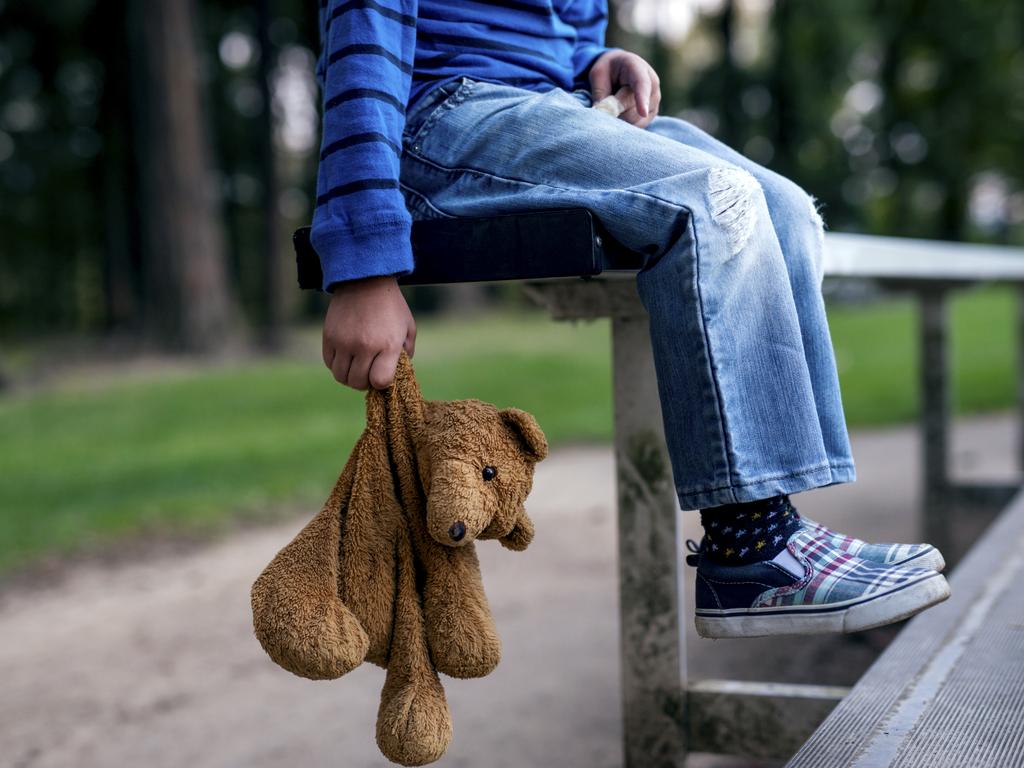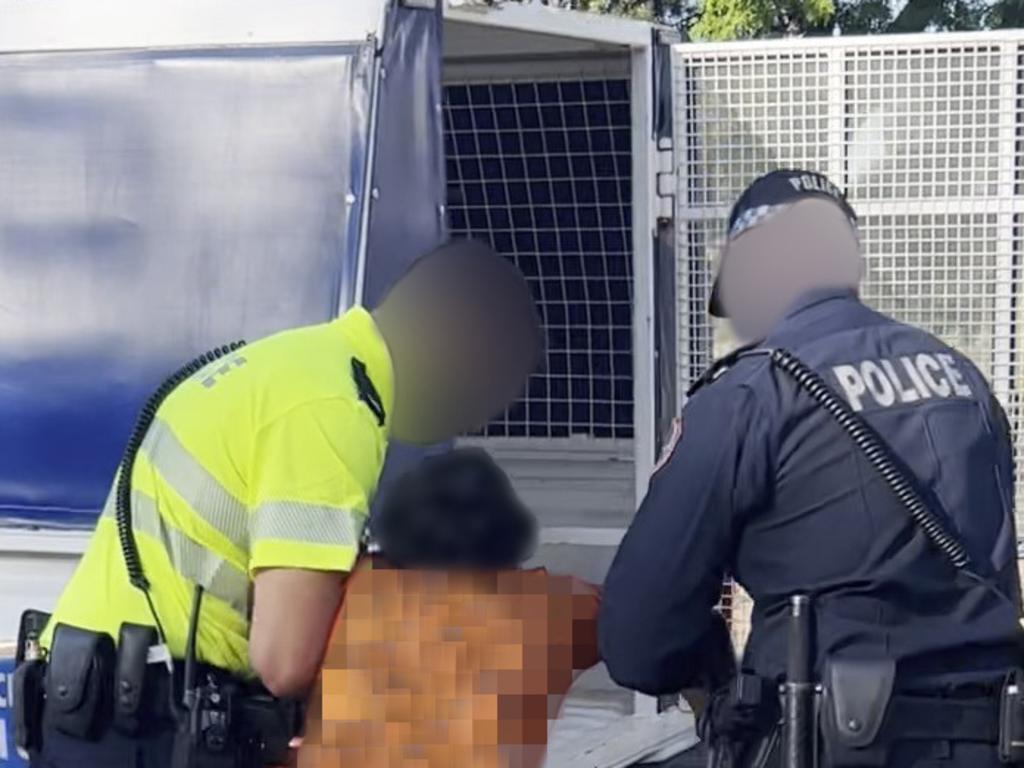Finding peace: The devastating divide over Kumantjayi Club’s final rest
A young girl is raised in two different cultures, by different parents. Then she dies. Who decides what happens next?
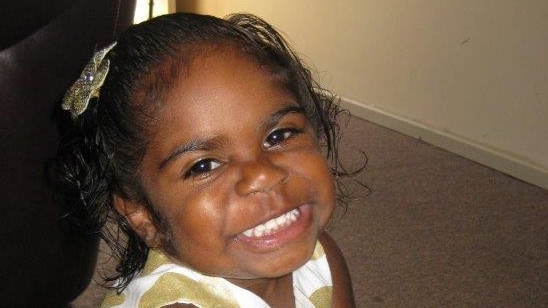
She lived for only 15 years, at first with her Indigenous birth parents in a nondescript house in a troubled speck of Australia. Most of her short life, however, was spent with the non-Aboriginal couple who lived across the road.
She would say how lucky she was to have two sets of parents. But when she died suddenly last year, the sorrow of her premature passing was muddied by the conundrum of what to do next.
In life, she straddled two worlds, seemingly rooted in neither. In death, the chasm between those worlds has deepened, as those who love her most battle over what to do with her body.
Her birth mother wants her buried on country. The non-Indigenous couple who raised her for most of her life want her cremated. Through lawyers and failed mediation, no one can agree on what to do.
And so she remains, all these months after her suicide, in the Alice Springs morgue, the shy teenager at the centre of a battle between culture and kin.
She was born in Central Australia in January 2009. For 15 years she was known by her birth name. But, in line with the Northern Territory Civil and Administrative Tribunal, which has been determining her case, The Australian is referring to her as Kumantjayi Club, using a generic bereavement first name for a deceased Indigenous person.
She grew up in Tennant Creek, a tough desert town in the centre of the continent, with parents Noellene Ladd and Barry Club. In the months around her birth, a non-Indigenous couple moved in across the road.
Yvonne Mudford is a nurse. Her husband Leigh Swift was then the local fire chief. They have several adult children. “When she (Kumantjayi) was six months old, Noellene came to me and asked me to look after her on my days off,” Mudford tells The Australian.
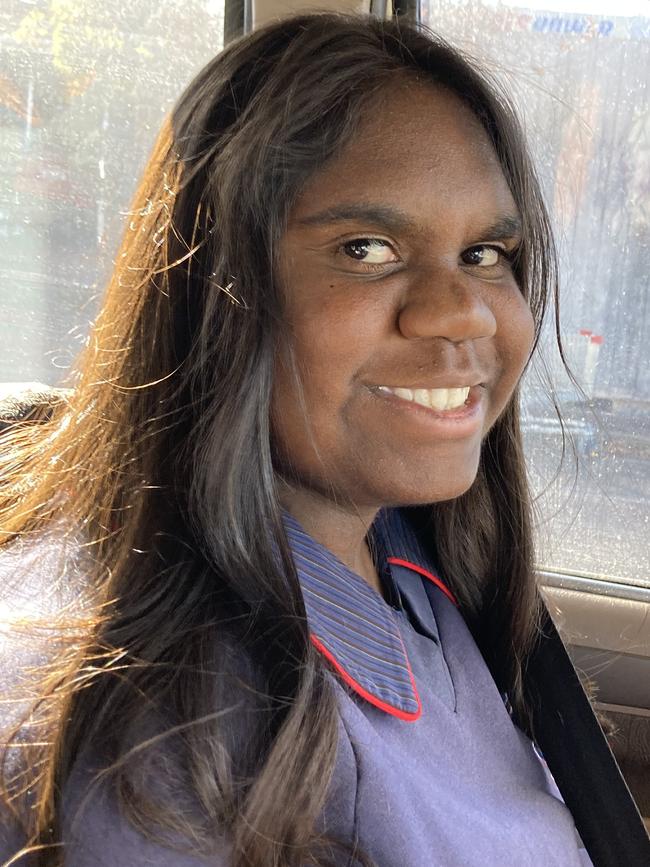
From her neighbouring house, she had observed the family’s interactions and had become concerned about the level of care being afforded to Kumantjayi, so she agreed.
Kumantjayi was a shy girl, and she spent increasing time with her neighbours. Soon they were her informal permanent carers. At some point the little girl was also in kinship care, but this ended after a murder at the home where she had been placed.
In 2011, Kumantjayi’s birth parents and neighbours signed a parenting plan. While all four would share parenting responsibilities, the child at the centre of their lives would live with Swift and Mudford.
The arrangement, though largely informal, was not unusual. To avoid a repeat of the Stolen Generation, governments across Australia have agreed that wherever possible Indigenous children who cannot live with their parents should remain in an Indigenous community, to keep them connected to family, country and culture.
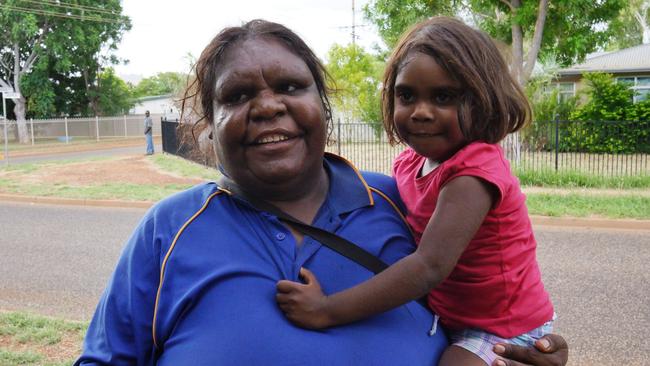
Aboriginal and Torres Strait Islander children, however, are vastly over-represented in this sphere. Although they comprise only 6 per cent of the total child population, they account for 41 per cent of all children in out-of-home care, according to the Secretariat of National Aboriginal and Islander Child Care.
At the same time, there is a drastic shortage of kinship care available; fewer than half are living with Aboriginal and Torres Strait Islander relatives or carers, according to SNAICC, the peak national body representing Indigenous children and their families.
To fill this gap, an informal system has evolved in the NT, where some Indigenous parents hand their children to non-Indigenous adults and, usually without any legal framework, ask them to raise their child. The concept has even developed its own vernacular: growing them up.
In Tennant Creek, Swift and Mudford were not the only non-Aboriginal couple helping to raise someone else’s child. But they became increasingly concerned about the long periods Kumantjayi would spend with them – often left with them, says Mudford, when her parents went out drinking – only to be taken back across the road to a seemingly chaotic life. “She’d been living with us for three months solid, so we’d put her in daycare and we had a routine,” Mudford says now. “And then I said I couldn’t do it (care for her intermittently). That’s when Noellene said, ‘Well, you grow her up’.”
Ladd chose not to be interviewed for this story. Lawyers have been instructed not to comment on her behalf. She did appear in a 2013 article about Swift and Mudford caring for her daughter, also declining an interview then, but smiling proudly in a photograph with her four-year-old.
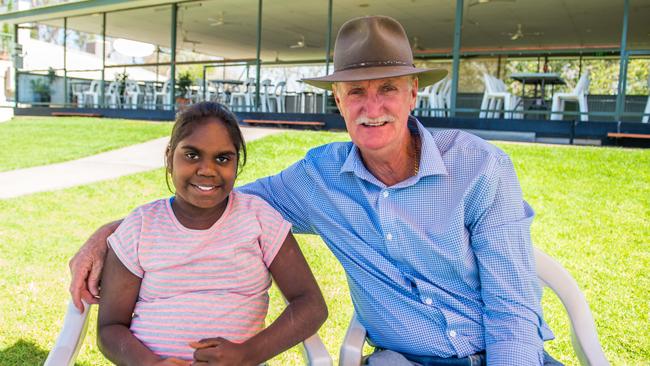
At the time, Swift and Mudford revealed they had no legal documentation stating that the little girl was in their care, and the only paper that connected them to Kumantjayi was the parenting agreement. “Plenty of her people say, ‘You hang on to her, you grow her’,” Swift commented then. “And that’s what we’ve always thought. It’s growing her up in the white man’s world.”
Although she knew some words in her mother’s Alyawarr language, Kumantjayi continued to be raised largely in a non-Indigenous environment. By 2015, the parenting arrangements for her had changed. She would live with Mudford and Swift, and they would have sole parental responsibility. She would only spend time with her birth parents during the day, she would not be alone with her birth father, and her birth parents would not be under the influence of alcohol when she was in their care.
In the years that followed, Kumantjayi continued to have contact with Ladd, whom she referred to as Mum. But she spent most of her life with Mudford and Swift, whom she called Yvonne and Leigh. They clothed her, housed her, tended to her education and took her to medical appointments, which eventually included treatment for the diabetes that had already stricken other members of her birth family.
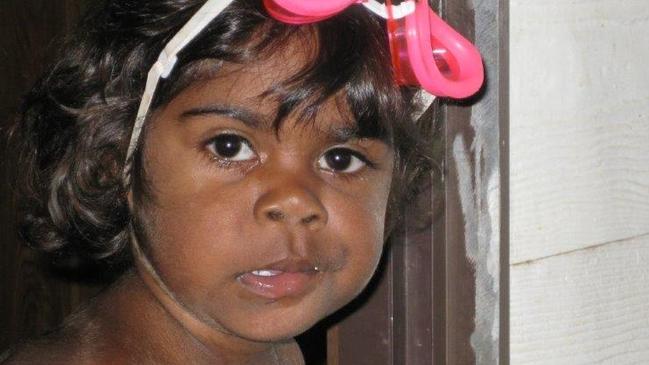
Kumantjayi also moved with the couple for a time to Western Australia, where, says Mudford, she was bullied at school. “There were other Indigenous kids but they were white-skinned and they used to tease her a lot about the colour of the skin,” she says.
That, plus Swift’s decision to return to work after a period of retirement, led the trio to move to Alice Springs in 2017.
Back in the NT, Kumantjayi attended a primary school and then a private high school. She played netball and loved horses and had a huge smile. To the couple with whom she had spent most of her life, she seemed okay.
And then on an otherwise insignificant day in July, at home in Alice Springs, Swift was startled by the piercing cries of a man who cared for the horses in their yard. “I heard some yelling and screaming from the man,” he says tearfully. “I didn’t know what he was going on about until I came out.”
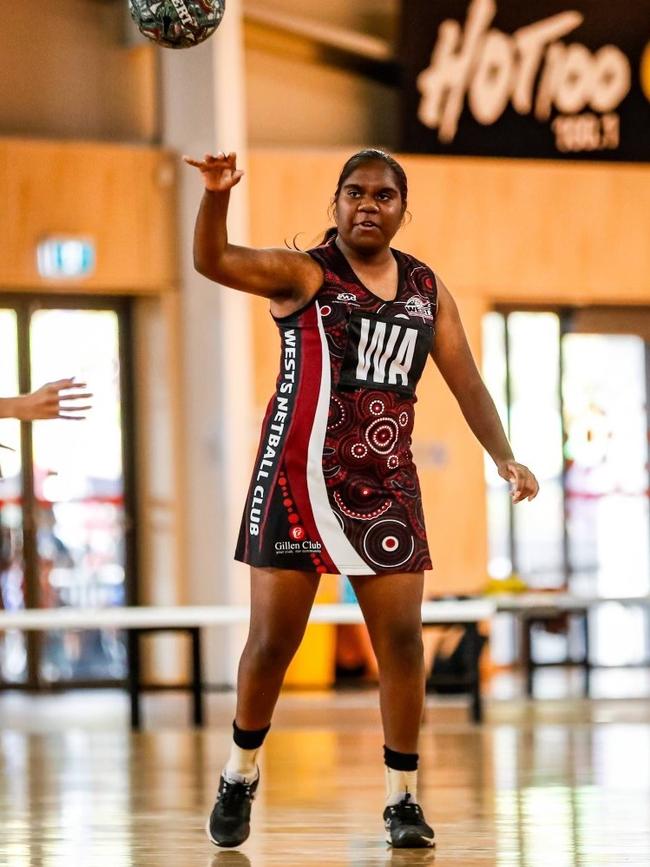
At the unthinkable age of 15, Kumantjayi was dead. Her diabetes had troubled her more than anyone had realised; in a note she outlined her fears of undergoing the amputations that others in her family had endured.
“She didn’t want to be diabetic,” says Mudford. “She didn’t want to take her medications and she knew what the consequences were if she didn’t.”
Swift, too, was unaware of her level of distress. “We knew she didn’t like getting the needles she had to get all the time. We knew she didn’t like her blood tests being done all the time to make sure that she was having her tablets correctly and eating the proper food and doing the proper exercise,” he says. “So, yes, we’re aware, but it’s what any parent does for their child to make sure that they’ve got everything available to make sure they have a good life.”
No one could be certain what had brought Kumantjayi to this terrible ending. But the issue of where she belonged, a question that had hovered over much of her life, still loomed.
Row over culture
“In the Alyawarr way, women are in charge of funeral and burial arrangements and as her mother it is my job to make sure that things are done according to the traditional Alyawarr way. This is why I speak for the family as her senior next of kin for this matter.”
Ladd’s decision not to be interviewed means her voice can best be heard in the few public documents that surround her daughter’s death. She learned the terrible news about Kumantjayi from police. Then, as a traditional act of mourning, she cut her hair.
When she spoke to Swift, however, her sorrow was compounded. “He told me that he and Yvonne were going to burn Kumantjayi and have her funeral in Alice Springs,” Ladd said in an unattested declaration to the Northern Territory Civil and Administrative Tribunal in November.
By then, months had passed since Kumantjayi’s death and a deep and mournful gulf had developed between the adults who had raised her, and who had widely differing views on what to do with her body.
Ladd insisted on a burial in Kumantjayi’s father’s country, while Swift and Mudford wanted a cremation. Even the date of death of the girl they shared was muddled, Swift and Mudford revealing that Kumantjayi died in July, while the tribunal, whom the parties were hoping would end their standoff, and Ladd in her unattested declaration, maintained she died five months earlier, in February last year.
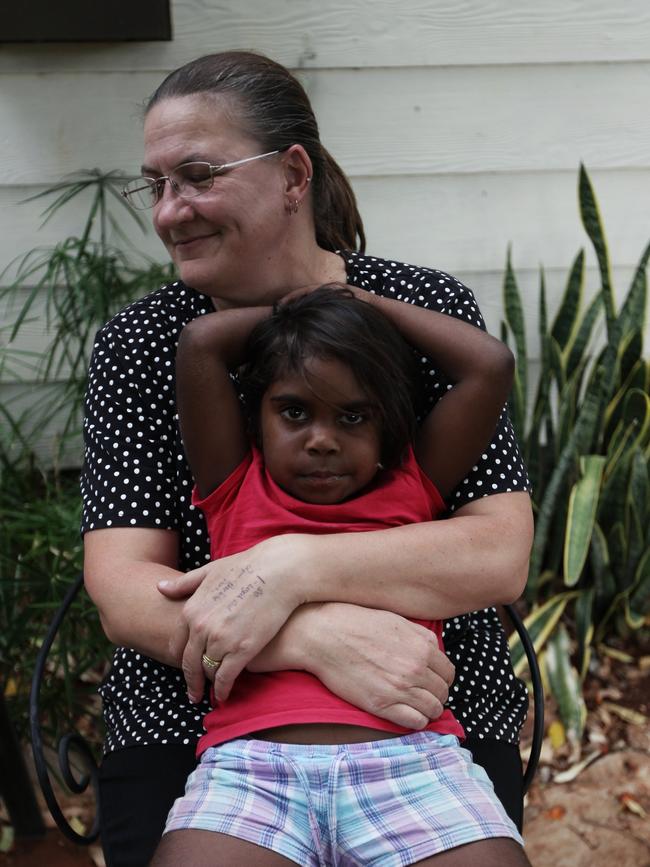
In her declaration to NTCAT, Ladd also claimed that when the couple had started to occasionally care for her child, she had accepted “because I thought they were just helping me out”.
When her daughter was four, she said, “Yvonne and Leigh started to pressure me to sign something to give care of Kumantjayi to them. I didn’t want to sign it but Yvonne was always giving me a lot of pressure about it, saying that I had to sign it. Sometime after that point Yvonne and Leigh … (tried) to get Kumantjayi in their care. I did not want this because I knew that they would be taking her away from me and my people.”
She became confused and upset and tried to get a lawyer “but the pressure became too much and I gave up”.
The tribunal found in December, however, that there was no duress, unwillingness or lack of understanding by Ladd in placing her daughter in the care of Swift and Mudford. “Ms Ladd’s evidence was not consistent and was given with considerable hesitation,” the tribunal’s president Mark O’Reilly ruled.
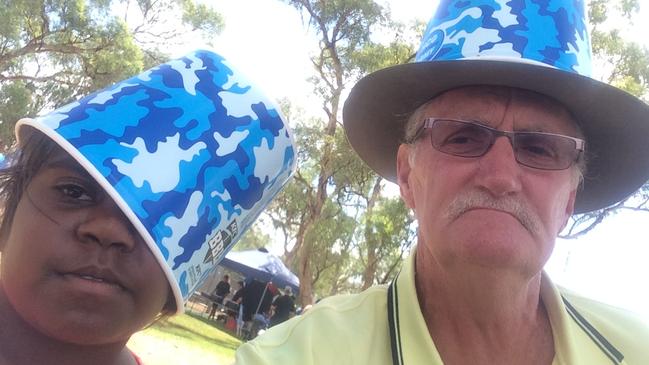
Ladd had placed her daughter into the couple’s care, while the 2011 parenting plan simply formalised an arrangement that had been reached two years earlier, he said. The evidence did not support a finding that the child, while recognising her Aboriginality, had strong ties to culture and tradition.
The question at the heart of everyone’s anguish, however, was what to do with Kumantjayi’s body. “It is not the Alyawarr way to burn bodies as we believe that this destroys the soul of the person who has died and ends their connection to their people,” Ladd said in her declaration. “By burying bodies we return our people back to their country and keep the community strong. I want to bury Kumantjayi in the traditional way of her people.”
That view was supported by Alyawarr woman Ngarla Kunoth-Monks, who made an unattested declaration to the tribunal from a cultural perspective. Being buried, rather than cremated, is of immense cultural significance to her community, Kunoth-Monks tells The Australian: “We don’t do cremation. It tears the body apart.”
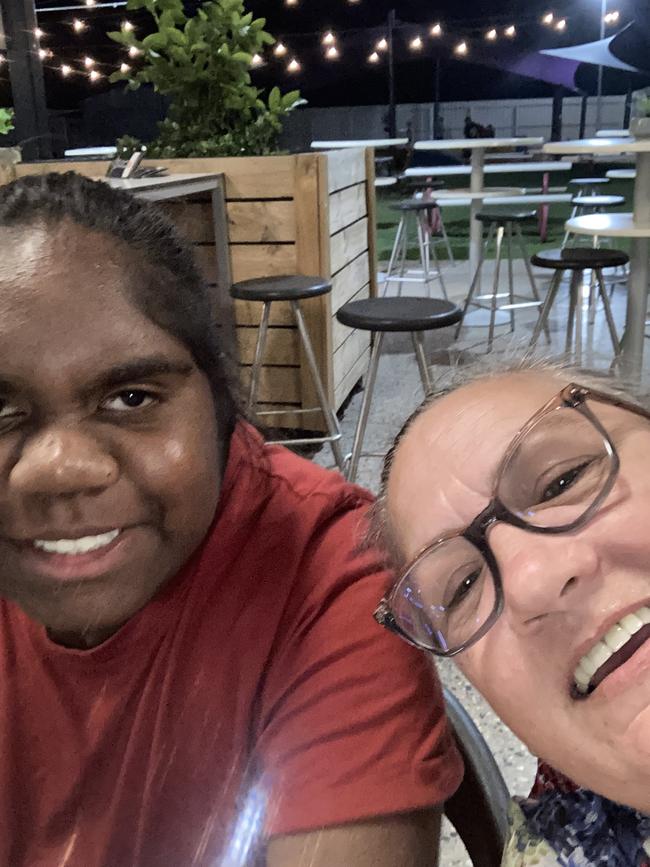
Instead, a family would usually discuss the location of someone’s final resting place, with the ultimate decision being taken by a mother, in the case of a daughter who has died, or a father for his son.
“Cremation would not be in that discussion,” Kunoth-Monks says.” The only time a body would be burnt would be if there was a wildfire and that person was caught in it.”
Otherwise, cremation would not factor in discussions. “It’s just not an option,” she says. “It would be like (saying) ‘We’re going to bury a person here but first we’re going to cut off a few fingers and toes so that other people can keep them as a keepsake.’ We don’t practise it.”
Mudford, however, insists that the girl she raised for so long did not have a connection to her Indigenous heritage and so that should not have a bearing on how she was laid to rest.
“With a cremation you can actually share the ashes and that’s fair,” she says. “If (Kumantjayi) was buried in Tennant Creek, that’s a five-hour drive for us. And if she was buried out at Utopia (near her father’s country), that’s even longer … With the ashes, we all have the ability to mourn her in our own way.”
As for deciding what to do with her body, Swift says that, while Kumantjayi had more than two parents, “we were the parents who grew that child up, who looked after that child and provided her with what she needed to be an adult”.
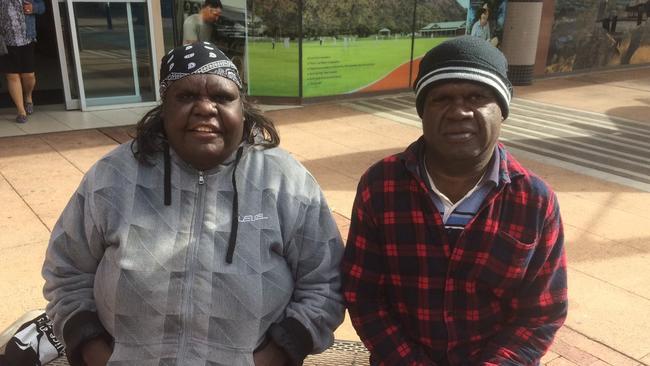
The tribunal agrees. In late December, it found that all three adults were Kumantjayi’s parents. The couple who cared for her for much of her life had met her daily needs, paid for her education and sought medical treatment, “facilitated and paid for contact with her family; and loved her”.
“None of that detracts from the fact that Ms Ladd loved and was loved by Kumantjayi,” it said.
But ultimately Swift and Mudford, the tribunal declared, were the girl’s senior next of kin. That gave them permission to decide what to do with the teenager’s body – a decision so fraught that the tribunal stayed its finding until February.
Kumantjayi would stay in the Alice Springs morgue for six more weeks. After many months, her body was moved from a fridge to a freezer, and the agony dragged into a New Year.
Late intervention
The torment of Kumantjayi’s death has been prolonged, and is not over. This week, Ladd decided to appeal against the tribunal’s decision. But by the next day her legal representation had ended, so any appeal remains unclear. The tribunal’s stay ends on Sunday. After that, if no appeal is lodged, Kumantjayi will be cremated.
For those who spent years caring for her, the saga of her death has exposed flaws in the way in which a child, raised in more than one home, is buried. (As Swift and Mudford have been deemed senior next of kin, The Australian is publishing images of Kumantjayi, including some they have provided.)
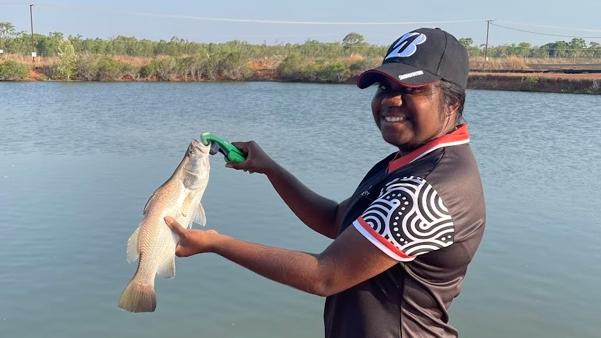
“We were responsible for that baby,” says Swift. “We fed her, clothed her, put her through school, took her to all her doctor’s appointments, took her to everything that she needed to do to follow up with all her history of medical issues, picked her up when she fell off her bike, looked after her, put Band-Aids on her. So, yes, we were her parents.”
He believes the definition of a parent under NT law needs to change. As Mudford insists: “You don’t have to give birth to a child to be that child’s parent.”
But the deeper vein that runs through Kumantjayi’s story is of culture and of place. Swift says Kumantjayi was raised in a “white man’s world”. Her birth mother, in her tribunal statement, talked about the language she taught her daughter: the words for bread and hot and meat. “I know that her use of Alyawarr was important to her,” she said.
But for Kumantjayi, a sense of belonging may well have been elusive. When she was nine, she was asked in a newspaper interview if she was happy. “Sometimes,” she replied, “I feel alone.”
Lifeline 131144;
Beyond Blue 1300 22 46 36

